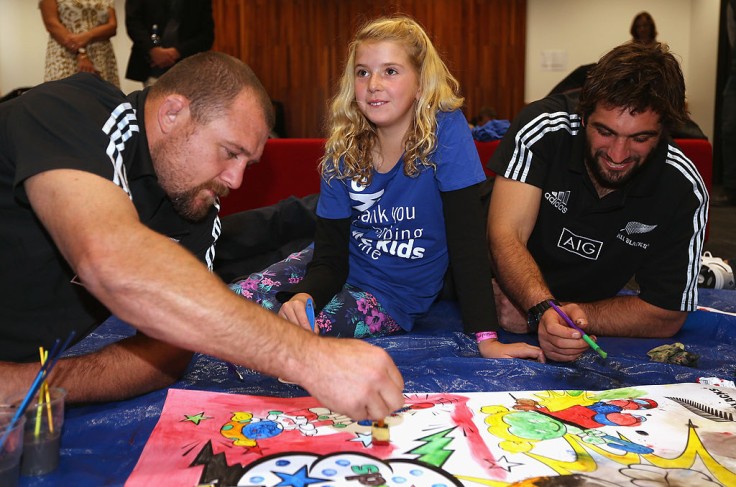
Parenting can be a challenging journey, and when your child has ADHD, finding effective discipline strategies becomes even more important.
Children with ADHD often exhibit impulsive behavior, hyperactivity, and difficulty focusing, making traditional discipline methods less effective.
In this article, we'll explore the top 10 discipline strategies tailored to children with ADHD, providing you with valuable insights and practical tips to create a positive and nurturing environment for your child's growth.
Effective Discipline Strategies
Disciplining children with ADHD requires an understanding of their unique needs.
Traditional punitive methods might lead to frustration and exacerbate their symptoms. Instead, let's focus on strategies that promote cooperation and self-regulation.
1. Clear and Predictable Routine
Children with ADHD thrive on routine. Establish a consistent daily schedule that includes designated times for meals, homework, play, and sleep. This predictability helps them anticipate transitions and reduces anxiety, leading to better behavior.
2. Break Tasks into Manageable Steps
Children with ADHD often struggle with focusing on lengthy tasks. Break down chores, homework, and other activities into smaller, manageable steps. This approach makes the tasks feel less overwhelming and increases their chances of success.
3. Use Positive Reinforcement
Positive reinforcement is a powerful tool. Praise and reward your child for their efforts and accomplishments, no matter how small. This boosts their self-esteem and motivates them to continue practicing positive behavior.
4. Set Clear Expectations
Communicate your expectations clearly and concisely. Use visual aids, charts, or checklists to help your child understand what's expected of them. This reduces confusion and provides a concrete reference for their responsibilities.
5. Implement Immediate Consequences
When undesirable behavior occurs, address it immediately. However, opt for logical consequences that are related to the behavior. For instance, if your child forgets to put away toys, they won't have access to them for a short period of time.
6. Incorporate Mindfulness and Relaxation
Teach your child relaxation techniques and mindfulness exercises. These practices help them manage impulsivity and hyperactivity, fostering self-control and emotional regulation.
Read Also: 10 Funniest Baby Shower Games Ever
7. Use Time-In Instead of Time-Out
Traditional time-out might not be effective for children with ADHD, as it isolates them when they might need guidance. Instead, implement a "time-in" approach by sitting with your child and discussing their behavior calmly.
8. Provide Physical Outlets
Children with ADHD often have excess energy. Incorporate physical activities into their routine to help them release pent-up energy, promoting better focus and behavior.
9. Collaborate with Teachers
Maintain open communication with your child's teachers. Share the discipline strategies that work at home and ask for their input on what works in the school environment. Consistency between home and school is key.
10. Foster Self-Awareness
As your child grows, involve them in discussions about their behavior. Help them understand ADHD and its challenges. Encourage them to identify their triggers and brainstorm coping strategies together.
Navigating parenting with a child who has ADHD requires patience, understanding, and effective discipline strategies. By implementing the top 10 strategies outlined in this article, you can create a supportive environment that empowers your child to manage their behavior, build self-confidence, and thrive.
Remember, consistency, positive reinforcement, and open communication are the cornerstones of successful parenting for children with ADHD.